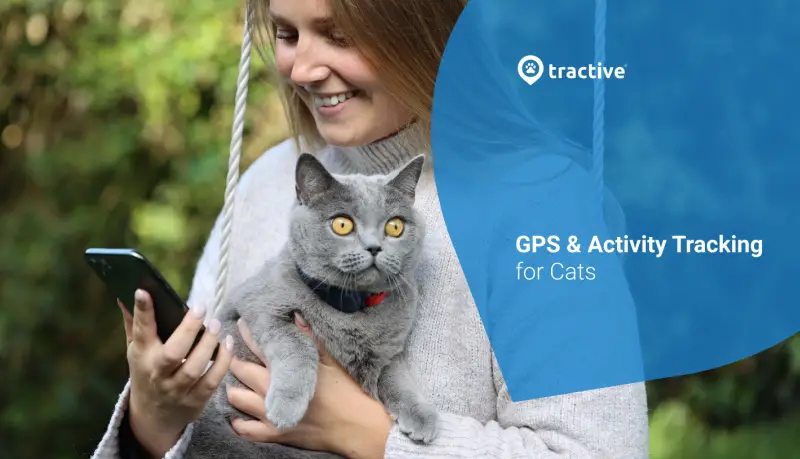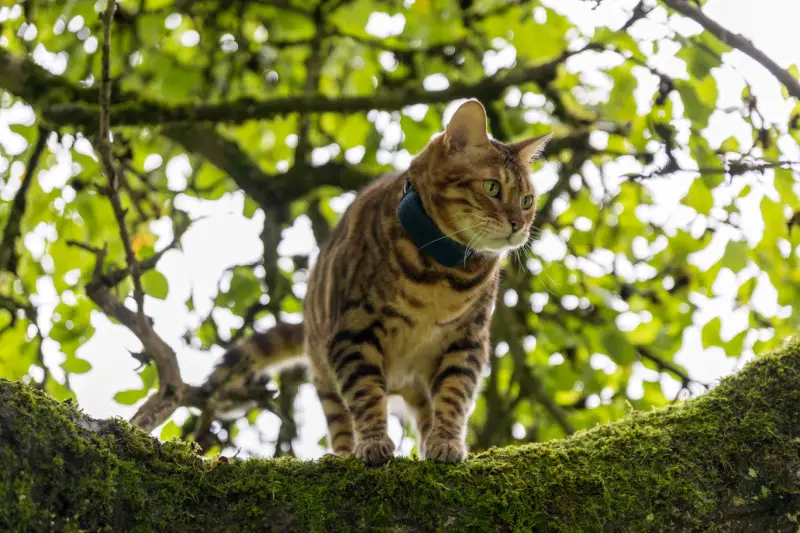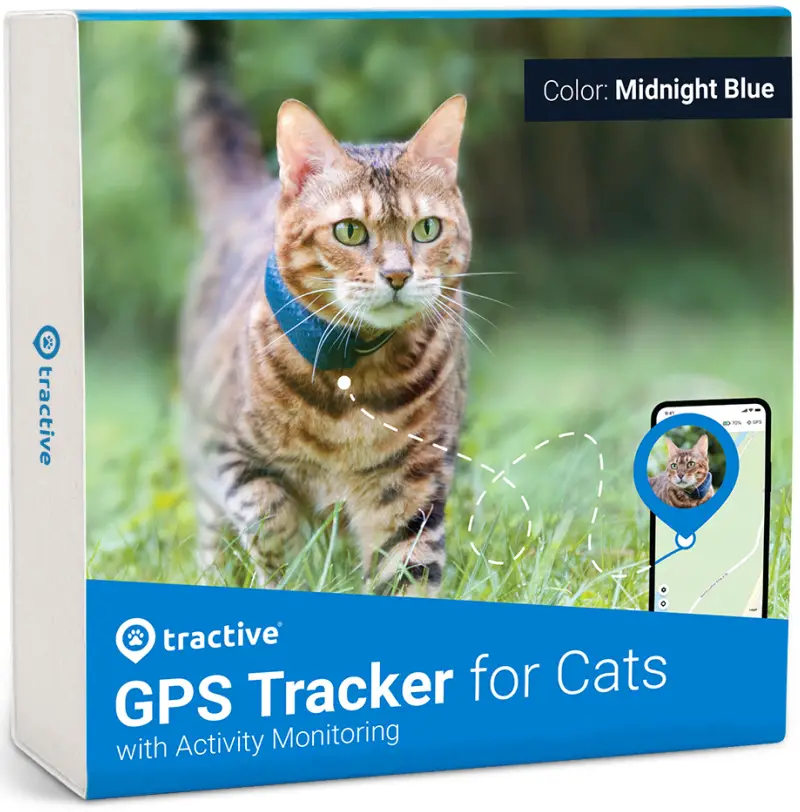
The post Obesity in Cats appeared first on Katzenworld - Welcome to the world of cats!.
This article first appeared on iCatCare here
The most common form of malnutrition in pets in the UK is the overconsumption of calories leading to obesity.
It is estimated that between 39 and 52 per cent of cats in the UK are overweight or obese.
‘Obese’ cats are those that are at least 20 per cent heavier than the optimal weight due to excessive fat accumulation.
A cat is ‘overweight’ if it is 10 to 19 per cent heavier than the optimal weight. Ideally, cats should be fed to maintain their optimal bodyweight. Long-term studies have shown that both obesity and excessive thinness shorten life expectancy.

Assessment of body condition
Bodyweight can be used to assess whether or not a cat has gained or lost weight. However, dictating a weight which is ideal depends on the age and breed of the cat. Therefore, a scale assessing the body condition (body condition score, BCS) is often used.
This scale grades the body condition of the cat from 1-5, where a BCS of 1 is very thin, 3 is ideal and 5 is obese. An obese cat is one in which the ribs are hard to feel as they are covered by a thick layer of fat, there is a moderate to thick layer of fat covering all the bony prominences, and the cat has a pendulous ‘skirt’ (bulge under the abdomen), with no waist.
The chart below is a useful way to assess your cat’s body condition, together with its overall muscle condition.

Health risks in obesity
Obesity increases the risks of the development, or the progression, of many diseases (see below).
Risks for development of obesity
Weight gain occurs when cats have a ‘positive energy balance’ for an extended period of time, meaning they are taking in more calories than they are using. The excess energy is stored as fat. In most instances the body is able to regulate energy intake so it matches energy use, maintaining the body condition around its ‘set point’. However, certain factors can affect this set point and predispose the cat to weight gain.
Purebred cats are less likely to develop obesity than moggies. Neutered cats tend to gain weight more easily than entire animals. When a cat is neutered, the metabolic rate decreases by about 20 per cent so neutered cats require less food than intact cats to maintain body condition. Activity can contribute markedly to the energy requirements of an individual. Cats with decreased activity or restricted opportunities for exercise are at a greater risk of gaining weight than active cats. Intact cats have a tendency to roam. Neutering reduces the desire to roam and the amount of physical activity undertaken by the cat declines.
The age of the cat has also been related to the prevalence of obesity. Cats under 2 years of age are less likely to be overweight, whereas cats between 2 and 10 years require less energy and are, therefore, more likely to be overweight. Senior and geriatric cats (cats of over 10 years of age) tend to be underweight.
Feeding a diet that is very palatable and energy dense predisposes cats to overeating and encourages obesity, especially if such foods are available freely or used excessively as ‘treats’. In addition, there are certain medications that can predispose to weight gain, either by increasing the appetite or decreasing the metabolic rate. Drugs commonly associated with weight gain include corticosteroids (such as prednisolone), amytripyline and cyproheptidine.
Treatment of obesity
It is dangerous for cats to lose weight too quickly because this predisposes them to the development of hepatic lipidosis, a potentially fatal liver disease whereby fat is deposited within the liver as a result of a change in metabolism during fasting. A gradual, steady decrease in bodyweight is ideal; it may take up to a year for a severely overweight cat to reach its ideal body condition. A veterinary surgeon can draw up a weight loss programme that combines a suitable feeding and exercise plan with careful monitoring. It is very hard to see weight loss in a cat that you are in close contact with on a daily basis. Regular visits to a veterinary surgeon for weigh-ins will also ensure that weight loss is not too rapid.
Cats are carnivores and, unlike humans and dogs, they must have meat in their diet to survive. A cat’s natural diet consisting of small prey mammals would be high in protein and low in carbohydrate. In order for cats to lose weight, veterinary diets have been designed which are high in protein, low in fat and low in carbohydrate. This helps cats to lose fat whilst maintaining lean body mass (ie, muscle).
For advice on introducing a new diet click here.
In addition to a suitable diet, cats can be encouraged to exercise either through increasing play, or by encouraging movement around the house (walking up and down stairs either by using a pet harness or by moving feeding bowls etc).
Puzzle feeders have also been found to enhance physical and emotional wellbeing. More information on puzzle feeders can be found here.
Maintaining optimal condition
Once a cat has reached its target weight, it may be preferable to feed a ‘light’ or low calorie food. These diets are designed for the less active feline and do not contain as many calories as the normal maintenance foods. While it is hard to see weight loss in a cat that you are watching every day, it is equally difficult to see the early stages of weight gain. Regular weight checks should be continued to ensure that the fat doesn’t start to creep back on.

The post Obesity in Cats appeared first on Katzenworld.
































